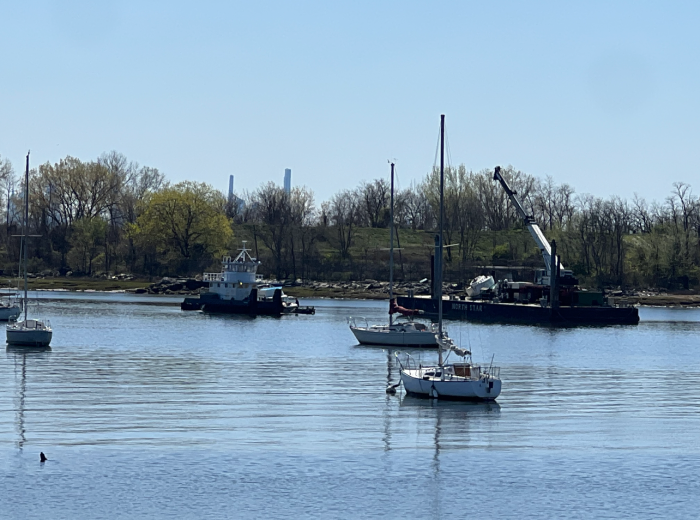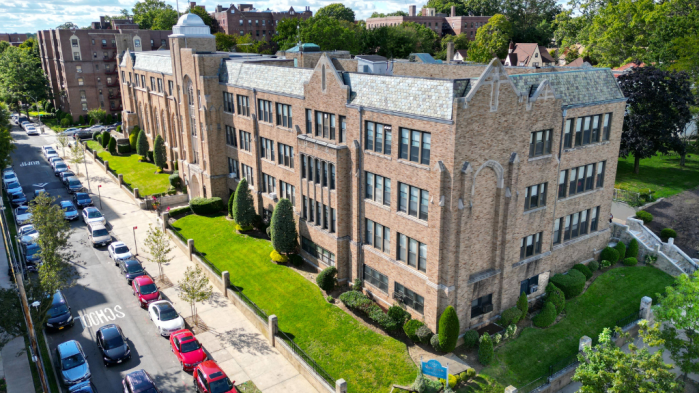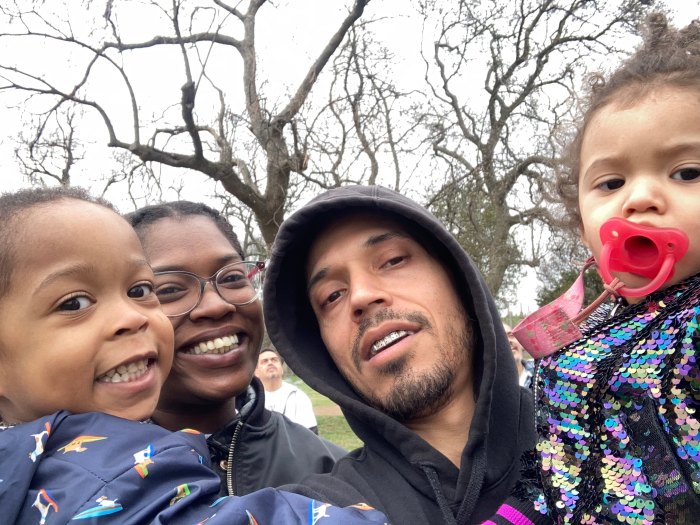By David Stanke
Each new school year comes like the ticking of a clock. The rhythmic passing of years is distinctly measured with the grades of our children. Summer is recess, a few short months for children to leave the structure of the school year. For us adults with our structured lives, surviving summer means finding a way to maintain our routines as children relish in abandoning theirs. But the end of summer reminds me that one more year has passed to enjoy our children as children as they slowly grow to adults. And for many Downtown parents, the end of summer marks another time to seriously evaluate whether the public school system will meet the needs of our children.
The school year is typically very structured for children. The school days end with after-school activities. Once the children reach kindergarten, scheduling play can be a challenge. As homework comes into the mix, free, self-directed time fades away. Add to this the pressure to succeed in standardized testing, get into good junior high schools, and position one’s self for the future even at a young age, and childhood evaporates quickly.
For summer, these issues fade away. Our kids have time to choose their activities. Sometimes, too much freedom leads to boredom and, gently put, the release of energy. But in this freedom of summer, they get a chance to learn one of their most important lessons: what to do when the only voice driving you is your own. The wonder of freedom is the ability to find one’s self. Education gives us the tools to do things in our lives. Summer gives us the time to consider how we would like to use those tools. When kids go back to school, I breathe a sigh of relief as I get some structure back into my life. But I also miss the opportunity to participate in the freedom of the kids.
During the school year, the fundamental question on parents’ minds is, “Are my kids getting the tools they need to succeed in their future academic lives and in their careers?” With four kids, the school year brings a number of challenges, scheduling activities, re-establishing routines. But the biggest challenge for parents of public school children Downtown comes as the kids approach intermediate school. We are currently in a safe spot. Our oldest child has three years left at P.S. 89 in Battery Park City. Our youngest just entered kindergarten at the same school. We have three years where all four children can attend the same very respected and successful school. But shortly, we will seriously consider if public school will meet our children’s needs.
The N.Y.C. public school system is the place where public policy really hits home. We read in the paper theories about how public education can be improved. The Department of Education battles with the State of New York for funding and the teachers union over strategies to better educate children. Class sizes, standardized testing, No Child Left Behind, and school funding are issues that we have to live with or abandon the system. On the macro level, these are all important questions. But they are distant considerations when faced with the very real question of where to send your children in sixth grade.
The greatest challenge in managing N.Y.C. public schools is the diversity of socio-economic conditions faced by the schools. We are lucky to live in an affluent neighborhood where the challenges within the schools are more manageable than in many other neighborhoods. Without the backing of a rigorous study, it appears on casual observation that the best performing elementary schools in the system are those in affluent neighborhoods. While funding of public schools is constant across schools, we face fewer challenges and have greater opportunities for fundraising than schools in other neighborhoods. We are thus able to squeeze the most out of our public school education and make it a viable alternative to private schools.
In intermediate school, grades 6 to 8, this comfortable situation suddenly ends, especially Downtown. Zoned schools span much broader areas. The quality of the schools becomes less dependable, and entrance into a school depends on testing performance. Testing may or may not capture the true talent and potential of a child. And even if a child is not gifted, quality education is important. I am not as concerned with school this year as I am with where my children will go in four years. For us, this is the year where satisfaction with public schools begins to be challenged.
For those of us zoned for P.S. 89, the intermediate school situation is tenuous at best. Baruch, our zoned school, is quite a distance away, and opinions as to the quality of the education there are mixed. The more rigorous schools, like Lab, are further away and have their own challenges. I.S. 89, which seems like a natural choice, is in the neighborhood, but it is not a neighborhood school. As such, it lacks the community involvement that makes P.S. 89 such a great place. The test score history for I.S. 89 leaves questions about its academic quality. When selection of a school is not a slam dunk, resources permitting, people will search for the sure thing. For us, that means considering private school options.
For children, the end of summer is the end of care-free days. For parents in P.S. 89, third grade is the end of our care-free reliance on the public school system. We have just three years to find a suitable answer for an intermediate school education. If the city does not meet the needs of its population for quality schools zoned for local communities, we and many other parents will pull out. For some that means private schools. For many, it means the suburbs. I’m happy to be part of New York City and it is important that our taxes help pay for the education of all of the city’s children. But if the city school system doesn’t provide a solid competitive choice for our children from kindergarten to 12th grade, we will go elsewhere. This is the year when we begin to face that reality.
WWW Downtown Express

















